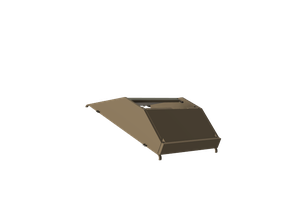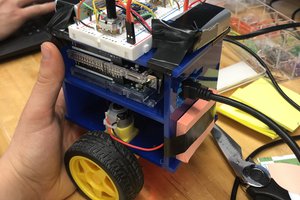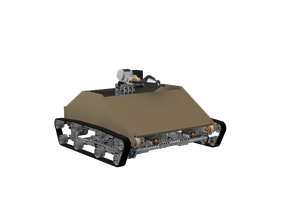Self-balancing robots have sparked interest of many researchers, students and hobbyist worldwide. From an engineer’s perspective, it is an inverted pendulum on wheels. The inverted pendulum is a classical problem in control systems due its unstable nature. To the average individual, one of the triggers for the curiosity towards the self-balancing robots was the release of the Segway PT (Personal Transporter). These robots became very popular because of their manoeuvrability, in particular their short turning radius [1]. The Segway has been used in many industries, from tourism in the park, police, and even ambulances. In recent times, a derivative of the Segway, the hoverboard, has been a headline in social media, once again directing the attention of many towards the engineering behind.
In any balancing robot knowing the tilt angle is critical, thus an inertial measurement unit (IMU) is a necessity. The IMU is predominantly composed of a gyroscope and an accelerometer. Both sensors have their advantages and disadvantages, therefore to obtain a more accurate measurement the data has to be fused. As part of the project, a technique known as Kalman filtering will be explored. If implemented and tuned correctly, the Kalman Filter best possible (optimal) estimator for a large class of problems.” [2]
As a Mechatronics student, making a self-balancing robot is the ideal project. The core of the project is control, thus it will allow the application what has been covered to date and exploration of new material such as alternative controllers, data fusion or odometry. In addition, the project is sufficiently broad to refine knowledge in the areas of embedded systems, programming, PCB and mechanical design. The material to be covered has a broad range of applications, developing many skills transferrable to future projects.


 Nyeli Kratz
Nyeli Kratz

 ZaidPirwani
ZaidPirwani